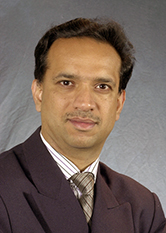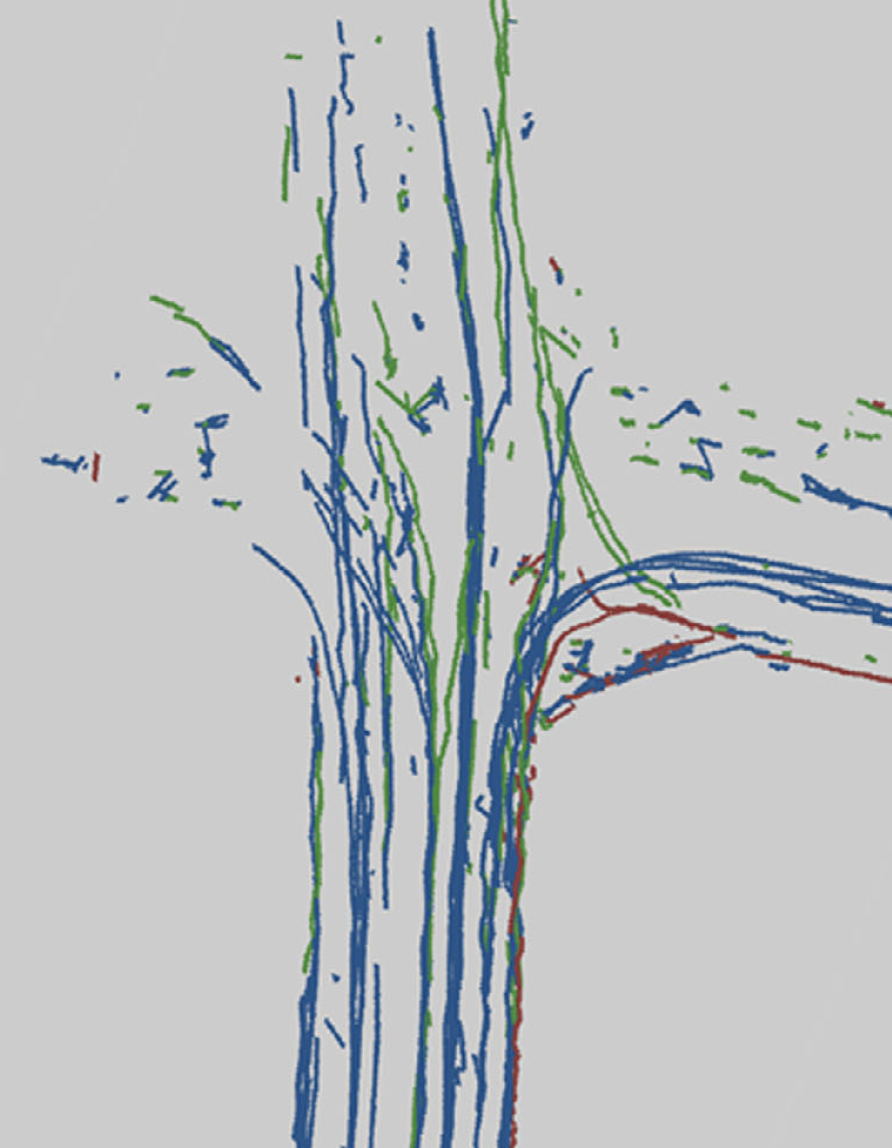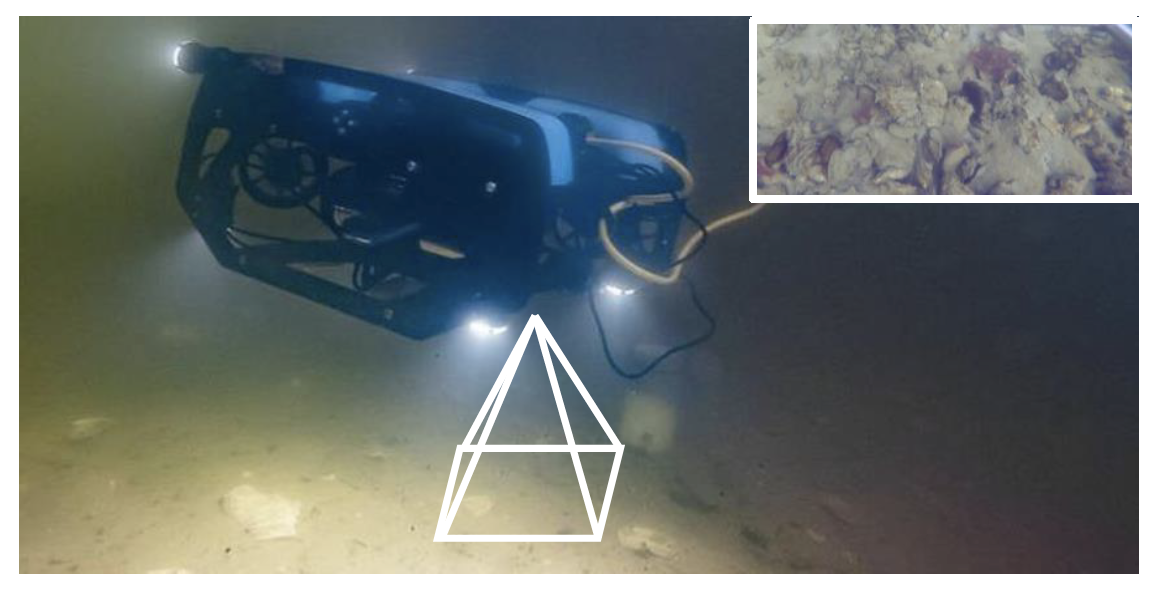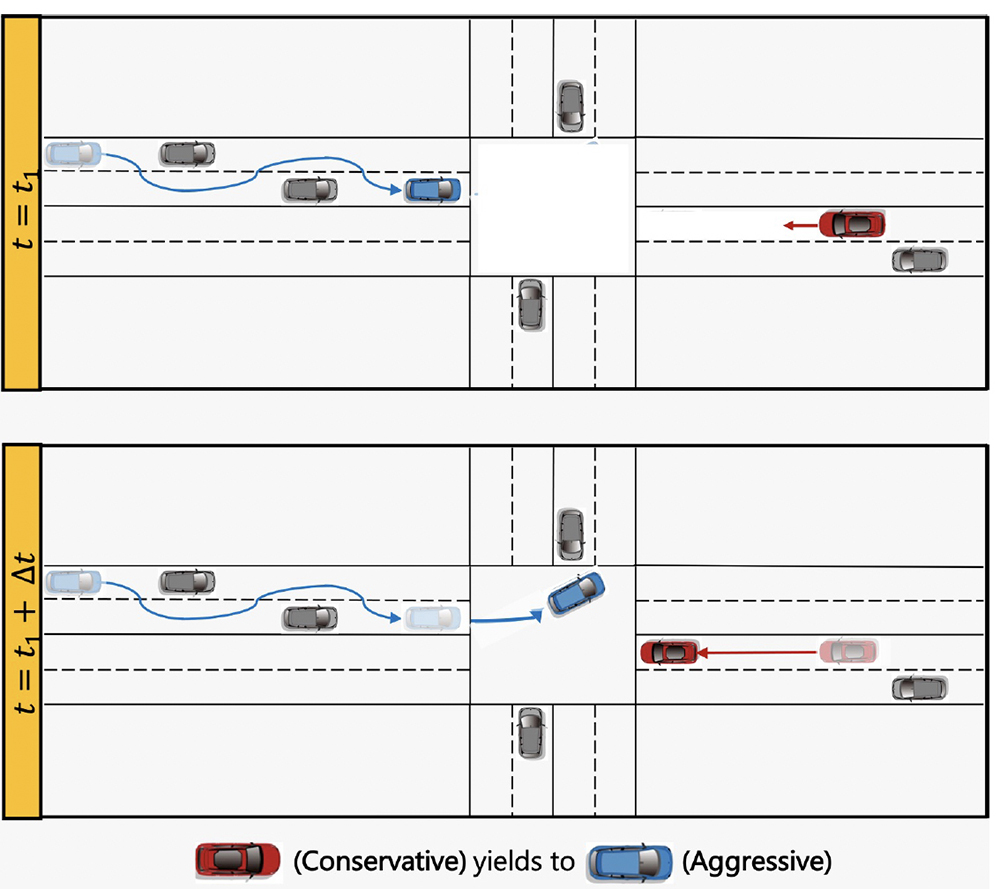News Story
Dinesh Manocha, developer of geometric and scientific algorithms, is new ISR affiliate

Dinesh Manocha has joined the Institute for Systems Research as an affiliate faculty member. Manocha is the Paul Chrisman Iribe Endowed E-Nnovate Professor of Computer Science with two additional joint appointments in the Department of Electrical and Computer Engineering and UMIACS.
His research focuses on geometric and scientific algorithms with applications to computer graphics, robotics, simulations, and virtual reality. He and his students have developed software packages for physically based modeling, computer-aided design and scientific computing, which have been downloaded by more than 200,000 users worldwide and licensed to more than 55 corporations, including Fortune 500 companies. He is named as an inventor on nine patents, several of which have been licensed to industry.
Manocha is a Fellow of the Association for Computing Machinery, the American Association for the Advancement of Science, the Association for the Advancement of Artificial Intelligence, and the Institute of Electrical and Electronics Engineers.
Until recently, Manocha was the Matthew Mason/Phi Delta Theta Distinguished Professor of Computer Science at the University of North Carolina at Chapel Hill. There, he published more than 480 conference and journal papers and received 16 best paper or test-of-time awards. Manocha’s work is well cited in the computer graphics and robotics literature, with more than 34,000 citations according to Google Scholar.
Along with two of his former Ph.D. students and Ming Lin (now the Elizabeth Stevinson Iribe Chair of Computer Science at the University of Maryland), Manocha co-founded the 3D audio startup Impulsonic, which was acquired by Valve Software in 2016. Impulsonic’s product provided the realistic sounds required for a user to feel truly immersed in a virtual world and is available as part of Steam Audio SDK. The sound technologies developed by the researchers have also been used to evaluate the acoustic effects of architectural buildings and to model noise in indoor and outdoor environments.
Manocha also uses virtual reality and simulation technologies to predict the movement of pedestrians and crowds. These technologies can be used to improve crowd safety and prevent disasters like the 2015 Hajj crowd disaster in Mecca, Saudi Arabia, where more than 2,200 pilgrims died. The multi-agent navigation technologies developed by Manocha’s group have also been integrated into most computer gaming engines.
Working with Boeing, Manocha’s research group modeled passenger behavior during the loading, unloading and evacuation of a commercial aircraft. This type of simulation allows the airlines to experiment with different boarding orders, seating arrangements and overhead layouts to reduce loading and unloading times—and ultimately demonstrate that the aircraft could be safely evacuated in less than 90 seconds, as required by U.S. federal law. This work, which has also been used to analyze crowd videos for surveillance and to estimate crowd sizes, garnered media attention during President Trump’s inauguration.
More recently, Manocha and his students have begun developing new technologies to simulate the movement and behavior of autonomous vehicles in challenging traffic conditions, such as Beijing or Washington, D.C. The major goal of this work is to predict the navigation and safety capabilities of autonomous cars in crowded scenarios that contain other vehicles, pedestrians and bicycles. Manocha’s group has been collaborating on this project with Intel Corp. and Baidu Inc.
Published July 17, 2018








